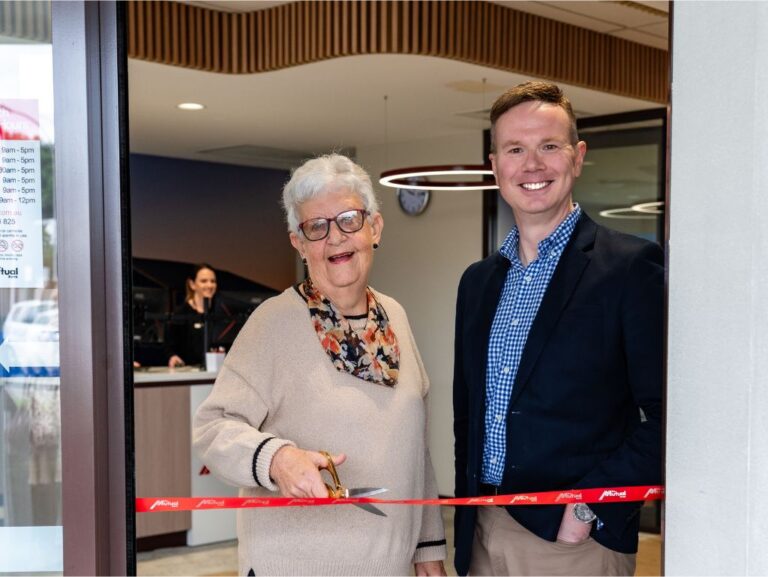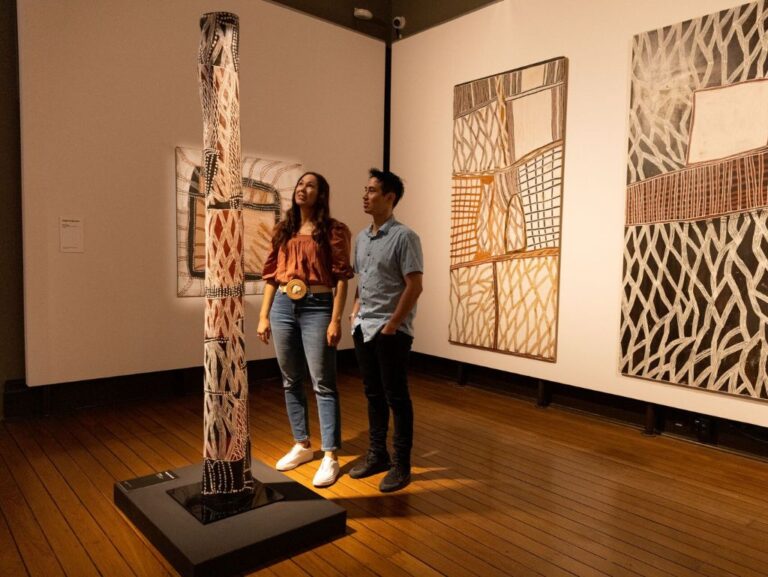Male jobseekers are facing greater challenges securing work in the Hunter as the trend of rising unemployment continues, according to the latest Labour Force figures from the Australian Bureau of Statistics.
Unemployment rates increased across the region in March despite a 12.4 per cent jump in the number of job ads, based on the Jobs and Skills Australia Internet Vacancy Index.
The employment figures also revealed a clear distinction over the past 12 months in outcomes between male and female workers.
Total employment in the region decreased by 5,900 people over the 12 months to March 2025, driven by a loss of 14,800 full-time roles, partially offset by an increase of 9,000 part-time positions.
Business Hunter CEO Bob Hawes said males appeared to be bearing the brunt of the softening job market, with 5,600 fewer males employed in March 2025 compared with a drop of just 300 for females over the same period.
“It’s difficult to determine from the figures alone why there would be such a marked gender bias against males, but the rise in part-time jobs might be one indicator, as these roles are traditionally more favoured by women,” Mr Hawes said.
In March 2025 alone, total regional employment dropped by 1,100 people, and with a rise in the participation rate, the number of unemployed increased by 4,200. This pushed the unemployment rate from 3.9 per cent in February to 5 per cent in March, compared with 4.2 per cent for NSW (seasonally adjusted).
Variations between the sub-regions of Newcastle/Lake Macquarie and the rest of the Hunter continue to show. Unemployment in Newcastle and Lake Macquarie rose from 3.4 per cent to 4.2 per cent between February and March, while in the Hunter Valley statistical region, the jobless rate increased from 4.6 per cent to 6.1 per cent.
The participation rate softened slightly in Newcastle and Lake Macquarie, falling from 68.2 per cent to 67.4 per cent, although it remained higher than the state average of 66.3 per cent.
Participation in the Hunter Valley remained comparatively lower but rose from 56.7 per cent to 58.8 per cent in March, with 5,500 people entering the workforce or seeking employment. However, not all new participants were able to secure jobs, contributing to the rise in unemployment.
“The lagging participation rate in the Hunter Valley continues to highlight issues such as poor access for workers to suitable housing and transport to work and the proportion of applicants who lack the skills and experience required by employers,” Mr Hawes said.
The Jobs and Skills Australia Internet Vacancy Index recorded an increase in job ads across the Hunter, rising from 4,448 in February to 4,985 in March – up 12.4 per cent.
“This represents a significant rebound compared to the falls experienced across the previous five months and was slightly ahead of broader trends in NSW,” Mr Hawes said.
Meanwhile, the youth job market (15- to 24-year-olds) continued to ease, with the March unemployment rate for the region rising to 8.6 per cent from 5.7 per cent in February, bringing it closer to long-term averages. A significant drop in full-time employment and an increase in part-time roles contributed to the shift.
IMAGE | Business Hunter CEO, Bob Hawes







